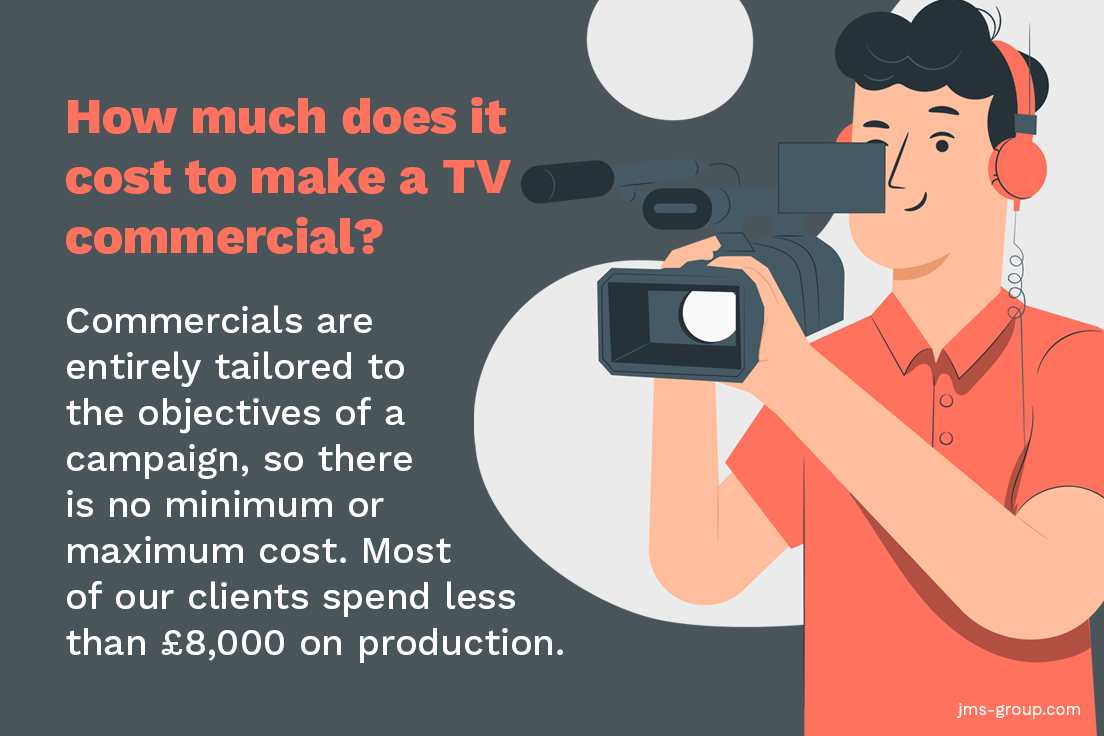
The Digital Advertising Alliance (DAA), a self-regulatory group for online behavioral advertising, is the Digital Advertising Alliance. Its members include several prominent national advertising trade associations. The DAA was created in 2010. Its policy framework outlines data uses and offers consumers the option of opting out of personalized ads. A portal is also provided to users that allows them to manage their advertising preferences.
The DAA consists of leading national trade groups including the American Advertising Federation, Interactive Advertising Bureau and Network Advertising Initiative. They are focused on consumer choice and transparency, and work to ensure the safety of personal information.
Advertisers can now follow the guidelines provided by DAA regarding compliance with the California Consumer Privacy Law (CCPA). Companies that collect personal information about consumers to target advertising purposes must respect the state's request for "Do Not sell". This law applies to all companies that indirectly collect such data. This includes certifying and identifying the DAA as to their compliance with the policy framework.

A new DAA program gives mobile consumers more control over their advertising choices. These new tools will allow users to choose whether they want to see ads based on their location, interest-based data or a combination thereof. They will also complement existing optout mechanisms. These tools let users choose whether they would like to see ads depending on their location, interests-based data, and a combination of both.
Mobile advertising poses unique challenges to brands. Although traditional funnels for conversion are still valid, mobile has made it necessary to use an integrated approach. The Interactive Advertising Bureau recently reported that location data could help publishers generate up to 20-30 percent more revenue. But, this doesn't mean companies can use location information without permission. There are several privacy guidelines and laws that help protect consumers from unauthorised collection of location data.
The DAA launched a new certification process to protect the privacy of addressable media identifiers (AMI) providers. AMIs provide important functionality for digital content that is ad-supported. These identifiers are used to identify devices, browsers, and applications. These identifiers allow advertising platforms and networks to target advertisements to users' specific interests. AMIs, which are different from tokens and cookies, can track and identify individuals. AMIs provide privacy protections for millions.
Digital ad networks connect advertising companies to digital property owners, such as publishers. Advertisers will only pay the ad networks if their campaign meets predetermined targets. Depending on how large the network is, advertisers may be assigned markets. Guardian has teamed with Economist and the Financial Times has formed an alliance with Reuters.

Today, news organizations occupy just 12 percent of the digital ad market. Pangaea (a joint advertising alliance that includes Guardian and Financial Times) aims to penetrate this sector.
FAQ
What is the basic purpose of advertising?
Advertising isn’t about selling products.
Advertising is about communicating values and ideas to people who are interested in your products or services. It is about changing attitudes and minds. It's about building connections.
It's all a matter of making people feel good.
You can't sell to your customers if you don’t know their needs.
So before you start any advertising project, you should first understand your customer's needs and wants, and buying habits.
Then, you can create ads that resonate.
What is advertising?
Advertising is an art form. It's more than just selling products. It's about building emotional connections between brands and people.
Advertising is about sharing stories and using images for ideas.
Communicating clearly and persuasively is key. And you need to tell a story that resonates with your target market.
Advertising is therefore different from other forms such as presentations, writing, and public speaking.
When you create a winning ad campaign, it is creating your brand identity.
This is how you are memorable. You become someone who people want to remember.
What information do you need about internet advertising
Internet advertising is an essential part of every business strategy. It is a cost-effective way for companies to reach potential customers. There are many forms of internet marketing. Some are completely free while others require payment.
There are many ways to advertise online, including pop-up ads and banner ads. Each method offers its own advantages and disadvantages.
Is there a way to get no cost traffic?
Refers to traffic that comes from organic search results, without the need for advertising. This type of traffic is known as organic traffic or natural traffic. There are many ways you can get free traffic.
Article Marketing is a popular way to get traffic for free. It has an extremely low cost-per-click (CPC). Paying for ads is often more expensive than CPC. Article marketing is also referred to as content marketing.
Social Media Marketing – Social media platforms like Facebook, Twitter and LinkedIn let you promote your business via advertising. These platforms are great for sharing updates, sharing photos, and building relationships with potential clients. Many businesses opt to purchase ad space on social networks because they want to reach a larger audience for a more affordable price.
Blogging - Blogging is another great way to generate free traffic. You'll attract visitors if you write quality content that people enjoy reading. After you attract visitors to your blog, you can make money by selling products or other services.
Email Marketing – Email marketing has been around ever since the dawn of the Internet. However, it remains one of your best methods to drive traffic to you website. Email marketing is an effective strategy to grow your subscribers and eventually sell things.
What is an advertising campaign?
A campaign is a series advertising messages that are designed to promote a product. This could also include the entire production of these ads.
"Ad" is a Latin word that means "to sell." Marcus Terentius Varro (116–27 BC), the first known user of the term "ad" used it to mean "to make sales."
Advertising campaigns are most often done by large agencies or businesses. These campaigns may include many media types such as print, television, radio and the internet.
Advertising campaigns usually last several months, and they have specific goals. One example is that some campaigns seek to create awareness while others are more focused on increasing sales.
How can you choose your target audience?
Start with yourself, and the people closest to you. You might be unsure where to begin. Ask yourself: "Whom am I trying to reach?"
Ask yourself these questions. Who are the most influential people within my industry? What problems do they have to deal with every day? What are their top talents? You can find them online.
Rewind to the beginning, when your business was founded. Why did you start? What problem solved you for yourself? How did that happen?
These answers will help to identify your ideal clients. These answers will help you understand your ideal clients and what motivates them to buy from you.
You can also look at your competitors' websites and social media pages to find clues about whom they cater to.
Once you've identified your target customers, you'll need to decide which channel(s) to use to reach them. A website might be created to reach home buyers, for instance, if your business provides services to agents in real estate.
If you provide software to small businesses, you could develop a blog targeting those companies' owners.
You could also create a Facebook account for teens if you sell clothing. You could also set up a Twitter account if your restaurant is a business owner to help parents find kid-friendly restaurants.
You have many options to convey your message.
What is affiliate marketing?
Affiliate marketing allows you to make money by referring people to other websites that sell products or services. If someone buys from your product, you get paid by the owner.
Referrals are the foundation of affiliate marketing. For people to purchase from your site, they don't need anything extra. All they have to do is to refer them the website.
Making money doesn't require any hard selling. It's just as easy to sell as it is to buy.
Even affiliate accounts can be set up in just minutes.
Referring as many people as possible will increase your commission.
There are two types.
-
Affiliates who own their own websites
-
Affiliates who work for companies that offer products and services.
Statistics
- Nonetheless, advertising spending as a share of GDP was slightly lower – about 2.4 percent. (en.wikipedia.org)
- It's 100% reliant on your website traffic. (quicksprout.com)
- It collects money from the advertisers, keeps 32% for its role in facilitating the process, and the remaining 68% goes to the publisher (you). (quicksprout.com)
- Advertising spending as a share of GDP was about 2.9 percent. (en.wikipedia.org)
External Links
How To
How do you place an ad on a billboard
While billboards have existed since the late 1800s they became more popular after World War II, when they were installed along roadsides and highways. Many billboards include text advertising and others may also display photographs or artwork. Many billboards are static. Others display messages that change periodically, such a weather forecast, stock price, stock scores, political events, or stock market prices.
Billboards most often are found outside, but there are indoor versions. The majority of outdoor billboards are visible to traffic frequently, while indoor versions may be seen only once every few years. Because it has three layers, the most common outdoor billboard type is the "cubic", which is made of two sheets glass sandwiched by a layer fiberglass mesh, This allows air flow through the billboard and keeps it cool in summer and warm in winter.
Billboard Advertising Inc. is a company that advertiser pay to have their ads displayed on its billboards. It owns and operates many North America's largest billboard advertising companies. These companies then offer space on their billboards for advertisers. Advertisers buy these spaces based on how much they want to spend on advertising. Many advertisers choose the best spots for their ads by looking at where people are most likely to drive or walk.
Billboard Advertising Inc. sells advertising space. It also has agreements with local governments to place signs on public property. Some cities allow billboards wherever they are allowed, while others prohibit them from certain areas. For example, Chicago requires that billboards be no more than 1,000 feet from any highway. Others cities have a requirement that billboards are no closer to a school or church than 500 feet.
Billboard Advertising Inc. has contracts to promote products and services throughout the United States, including Florida, California, Nevada, Texas, Arizona, New Mexico, Colorado, Washington, Oregon, Idaho, Utah, Wyoming, Alaska, Hawaii, Canada, Puerto Rico, Guam, Virgin Islands, and American Samoa.